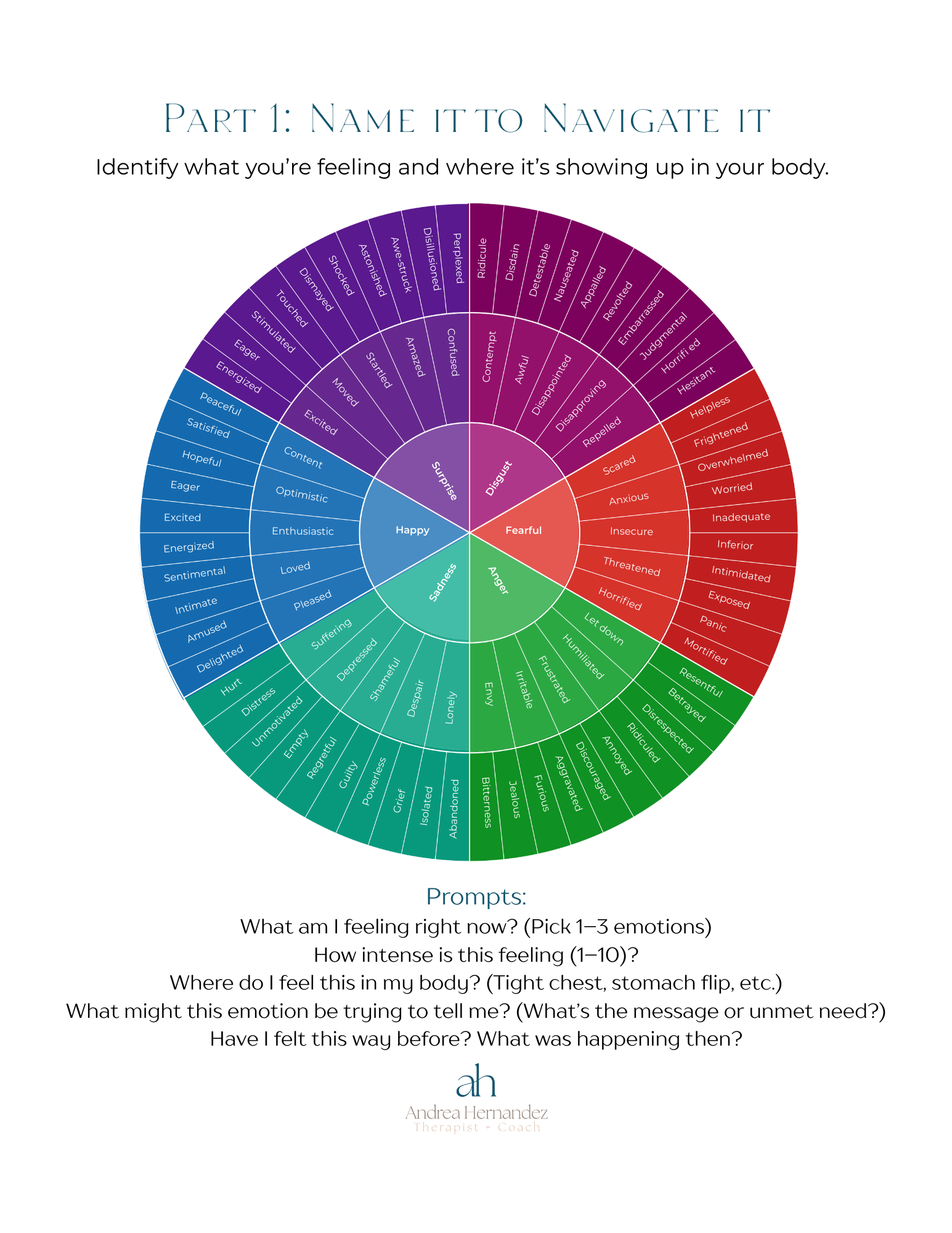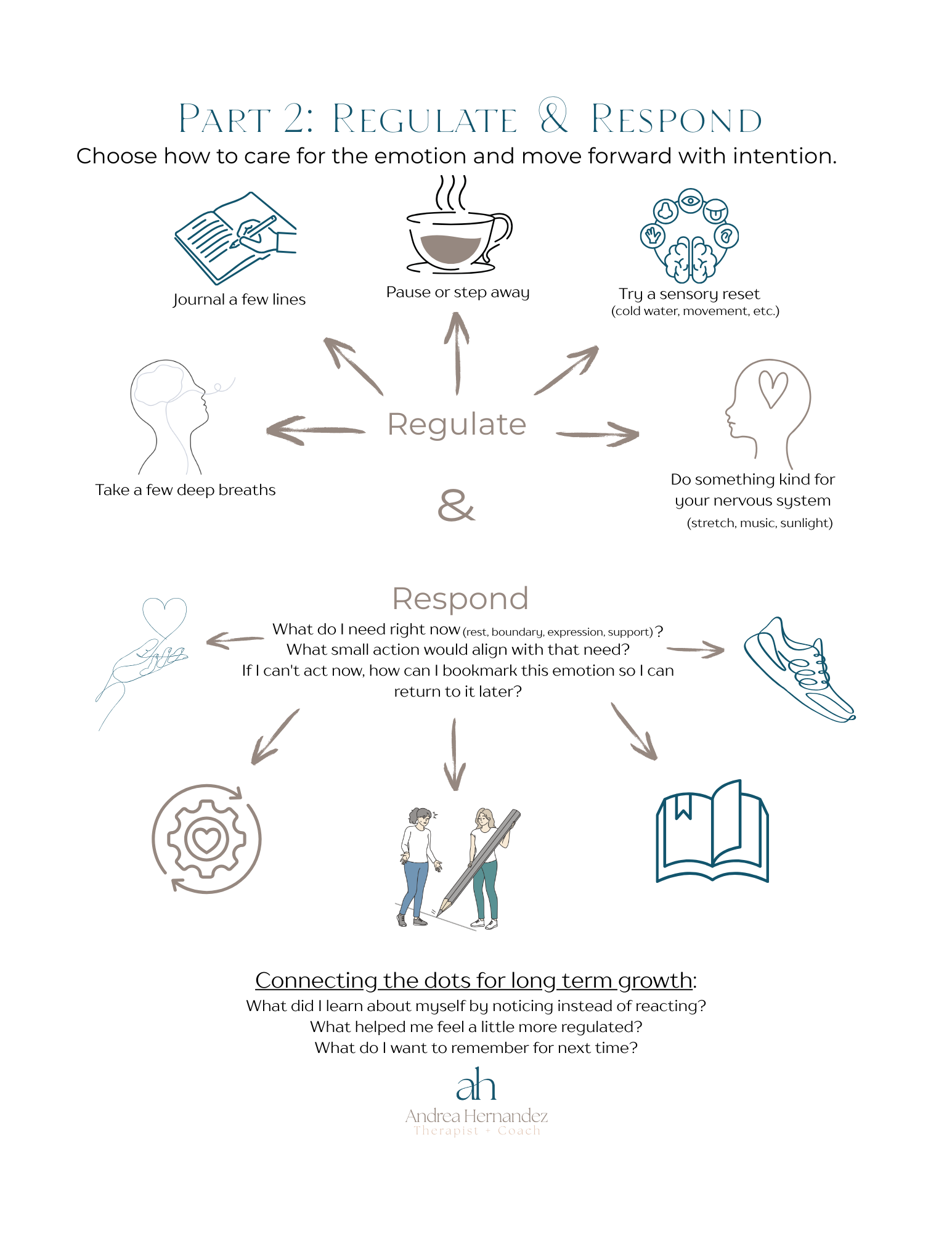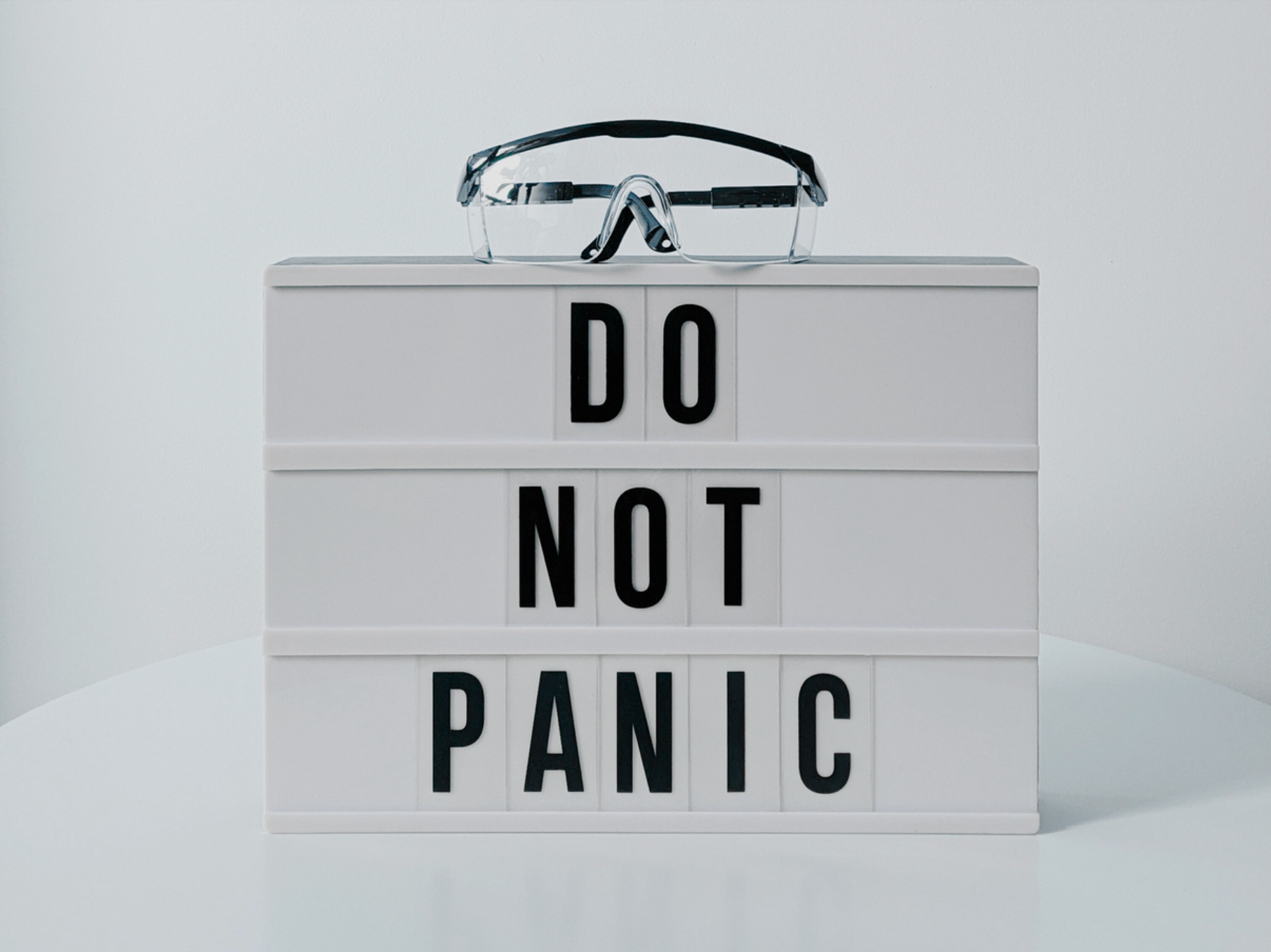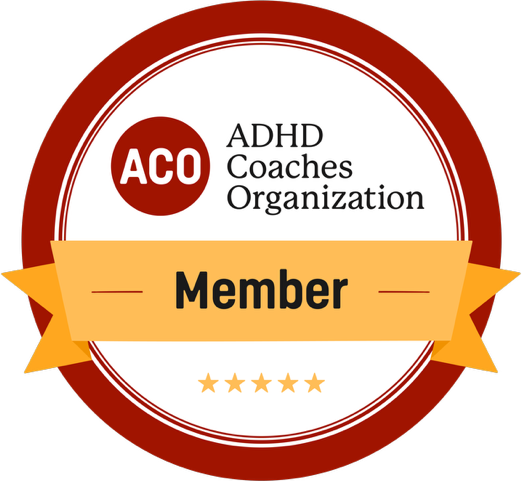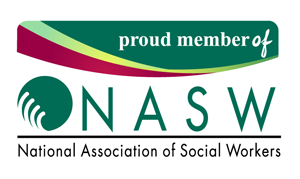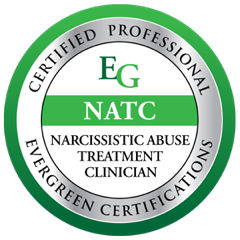When Slowing Down Shows You the Truth: Summer Clarity and Reimagining Your Pace
Sometimes the biggest insight comes when everything gets quiet.
You finally step off the hamster wheel—school’s out, work slows, the calendar clears—and instead of spinning out, something surprising happens: you breathe, you sleep, and the knot in your chest begins to loosen. For the first time in months—maybe years—you start to wonder: What if I didn’t go back to how things were?
Summer can be a mirror.
For some people, this season brings chaos. But for others, it’s a revelation. The slower pace doesn’t feel empty—it feels nourishing. And in that space, you start to see the truth: you’ve been running too hard for too long. Your baseline stress wasn’t just situational. It was structural.
Or maybe it wasn’t just about work at all.
Maybe this slower season has exposed something deeper: a relationship that no longer feels safe or supportive. A dynamic you’ve outgrown. A pattern you’ve been repeating that doesn’t serve you anymore. When things quiet down, it gets harder to avoid the truth—and easier to hear the part of you that’s ready for change.
If that’s where you are, you’re not lazy or fragile. You’re awake.
You’re noticing that your nervous system isn’t built for nonstop pressure. That when you have space to recover, you think more clearly, relate more kindly, live more fully. And you’re starting to imagine a different kind of life—one that doesn’t require a crash or a crisis to pause.
So what now?
Start with curiosity
What’s feeling better right now? More sleep? Fewer transitions? Less rushing? More space in your relationships or more clarity in your own voice? Name it. These aren’t luxuries—they're data. They tell you what your body and mind actually need to thrive.
Look for the sustainable pieces.
Which of these summer shifts could be woven into your year-round life? Not everything will translate, but some will. Maybe it’s building in a slow morning once a week. Maybe
it’s turning off notifications after 6pm. Maybe it’s rethinking your work hours, your commute, your kid’s schedule, or your own perfectionism. Maybe it’s setting new boundaries in a relationship that’s been quietly draining you. Or maybe it’s something bigger—beginning the process of disentangling from a relationship or stepping toward a long-overdue pivot.
This isn’t about a dramatic overhaul. It’s about alignment.
If summer has shown you how good it feels to downshift—or how painful it is to finally see something clearly—listen to that. You don’t need to burn everything down. But you do need to notice what’s no longer working—and get honest about what might need to change.
Sometimes clarity comes not from pushing harder, but from finally stopping long enough to see what’s true. And once you see it, you get to choose: will you honor that truth, and take one small step toward something more aligned?
Let that truth guide you forward.
Want support?
If you’re noticing emotional overload, confusion, or relational stress on a daily basis, you're not alone. Whether through therapy or coaching, I help clients untangle these dynamics, reconnect with themselves, and move forward with clarity and self-trust.
Explore my
free resource library or
get in touch if you're ready to start untangling the overwhelm.
Please complete the form below to gain access to my handouts library.
